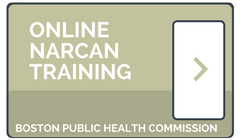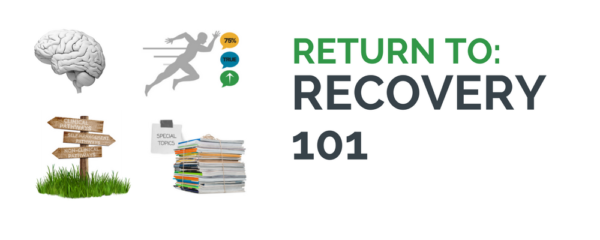Overdose-Reversal Medication (Narcan®) Guide
Research shows overdose death rates are significantly reduced in communities where Naloxone training programs are available.
Sold under brand names Narcan® and Evizio®, naloxone is approved by the U.S. Food and Drug Administration (FDA) as an opioid overdose reversal medication. Naloxone is an opioid antagonist, meaning it blocks opioid receptor sites in the human brain to reverse the depressed respiration or slowed breathing experienced during an overdose from opioids such as heroin, morphine, or oxycodone.
SEE INFOGRAPHIC: IDENTIFYING A DRUG OVERDOSE
Naloxone can be administered intravenously, intramuscularly, subcutaneously, but is most commonly administered intranasally as a nasal spray. While Naloxone has no effect on individuals who are not on opioids, when administered during opioid overdose, the patient often experiences sudden symptoms of opioid withdrawal such as sweating, agitation, restlessness, nausea/vomiting, and rapid heart rate.

In Spring 2018, the U.S. Surgeon General issued a public health advisory recommending increased training and access to and for Naloxone nationwide.
“Expanding the awareness and availability of this medication is a key part of the public health response to the opioid epidemic.” – Dr. Jerome Adams
NALOXONE EDUCATION & TRAINING
Research on opioid overdose education and community naloxone distribution (OEND) is shown to be effective in reducing overdose deaths.
Most overdose education and naloxone training programs teach individuals (often laypersons) to recognize the signs of opioid overdose, recognize known risk factors for opioid overdose (e.g. mixing opioids with other sedatives, drug potency or purity considerations, high dosage of prescription opioids, using opioids alone), and teach participants how to administer naloxone in the case of an opioid overdose.
STATE NALOXONE (Narcan®) ACCESS
In most states, the legal framework for naloxone distribution has shifted to allow healthcare providers to prescribe naloxone to third-party family members and allow access to naloxone without prescription at major retail pharmacies through state-wide, standing prescriptions. Community-based naloxone programs are the most common source for naloxone distribution, however, retail pharmacy distribution has increased steadily since 2013.
As of 2016, 47 states and the District of Columbia have passed laws designed to make it easier for loved ones (laypeople) to access and use naloxone medication. Check your local laws for specific regulations.





